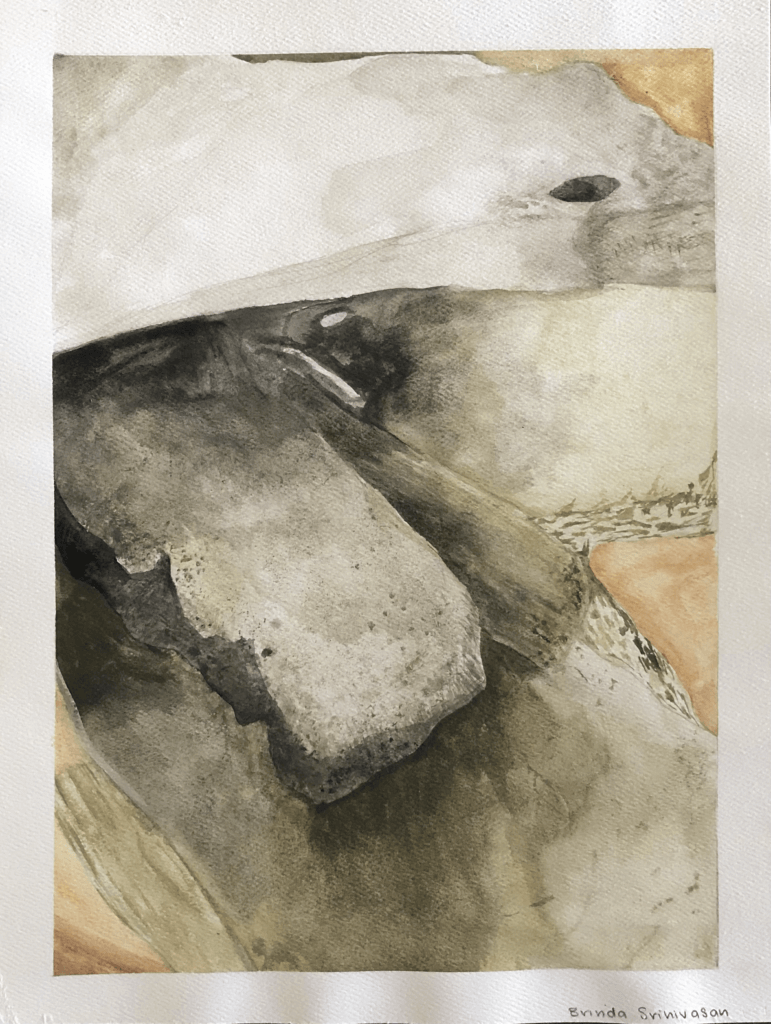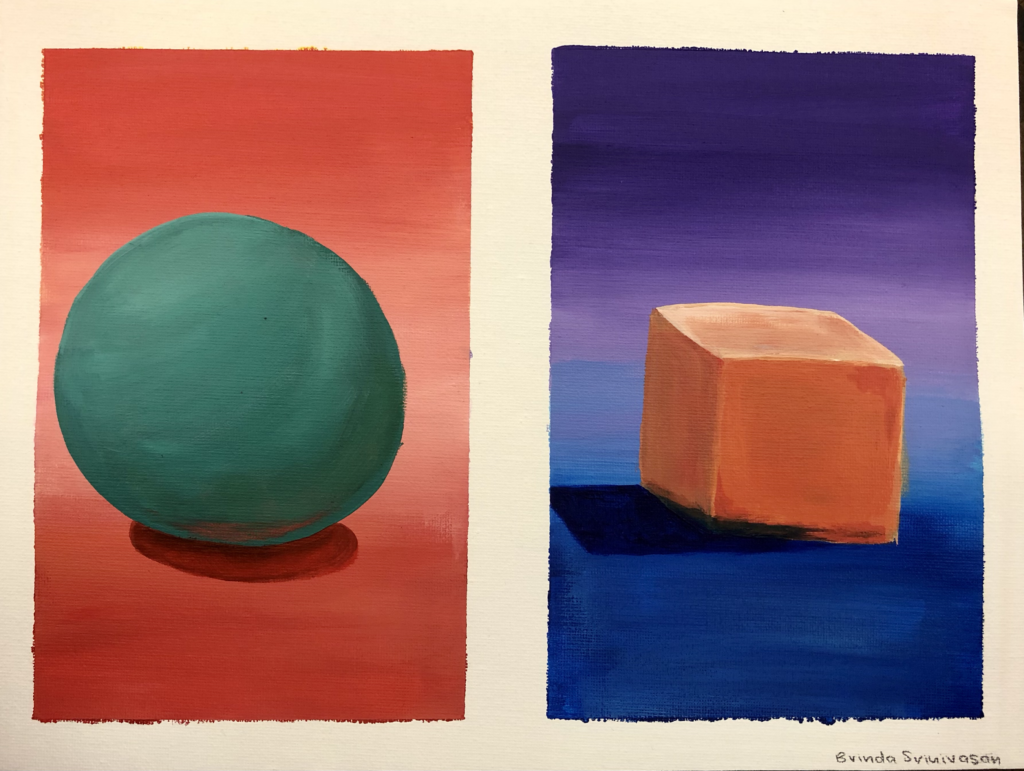The bright creature travels through the blades of grass. I can see its rays taking each patch of dirt into their care. Slowly, I come so that they shine within two inches of my face, and I’m forced to close my eyes. On this sunny day, I will be leaving my home of Bella Vista, the city whose name means Beautiful View. Thankfully, it will only be for a short while, and I’m already accustomed to this coming and going. Each week I am forced into the journey away–well, forced may not be the best word. I chose to pursue endeavors out of state, creating the need for me to leave every so often. I chose to do this, yet every time it feels against my will.
Propping my pillow against the headrest of my seat, I enter the car and prepare for the long travels ahead. As my mom and I drive out of Bella Vista, I try to do schoolwork, but I can’t help getting distracted by the tall trees that trace the city’s sky. In each season, these trees present a new landscape for me to be impressed by. With summer, there is a wide variety of greens that transition to oranges, reds, and yellows in the fall. Once all of their leaves have gone, it is a sure sign of winter. On this day, a few small leaves can be spotted budding amongst the limbs, indicating spring. When I peer at the ground, I can see flowers and wild plants growing, their presence creating an image that is easy on the eyes. These views come in only the first few minutes of our drive, with more bright lawns and large forests accompanying us until we reach a sign marking the start of Bella Vista. At this, I usher a sigh, but I realize that now I will be able to focus without the constant bombardment of nature calling my attention.
Once we arrive at our small apartment in Edmond, OK, I put my bags down. By this point, I’ve finished my workload for the day and am ready to relax. Seeing that there is little to do in a small space away from home, I turn on our TV and sit placidly for a few hours. Although my goal is relaxation, I can’t help but feel empty. At moments, I look out the window at the side of our building. It is almost a reflection of Bella Vista, only smaller, with its woodland creatures and few visible plants. It is a mockery of sorts to my home, but it still causes me some joy to be reminded of the place I love. Whenever I try to remember the moments I spent in our apartment at Edmond, I come up blank. Almost a placeholder for true memories, the dimly lit, four-room space only brings out the differences between home and away, the thinly veiled line between comfort and listlessness.
Three days go by in this way, until finally, the trip home begins. Most of the roads we take are long, tedious, and bland. Only the vivid sunset painting the sky in the first hour of our drive provides any sense of wonder while in Oklahoma. I become anxious, my legs sore and my heart aching to be free from the car’s tight space. After a while, it begins to feel like this will be my life for eternity. I start to believe that I will never get out of the vehicle’s harsh grip, never make it back home. But just as this dread begins to cover me, I see it.
The bright creature engulfs the surrounding area with light and fills the wavering souls of travelers with happiness. Its angled rays burst forward and highlight a sign that marks the end to our time away from Bella Vista. Although darkness surrounds us, the familiar shadows of ancient trees demand our attention in the sky. Moonlight provides sparkle to the already fruitful bounty of plants issuing from the earth along the road. Full of chaos and life, these integral parts of nature provide the tranquility I need to calm and prepare for rest. Finally, I see the familiar image of my house, and when I continue to the arms of my welcoming bed, I am able to fall asleep in the security that the beautiful view of Bella Vista promises to be there when I awaken.
Gibson Graham is a junior at Bentonville High School in northwest Arkansas. Writing, soccer, and traveling are some of her favorite pastimes. This is only her second publication, and she is very grateful to be featured in the Blue Marble Review!


